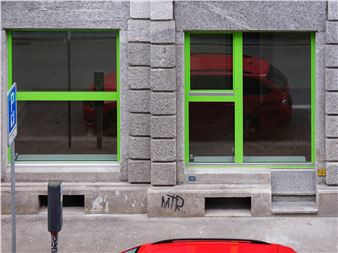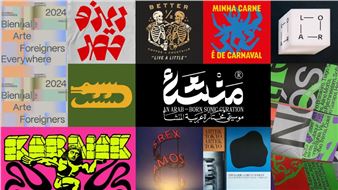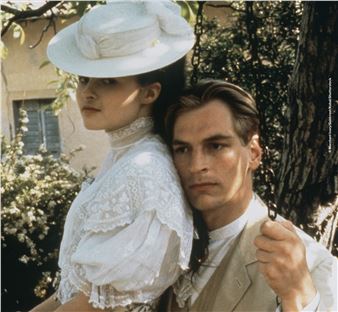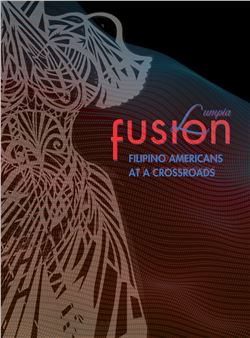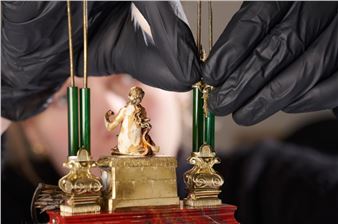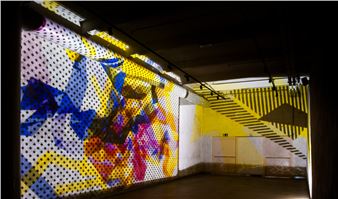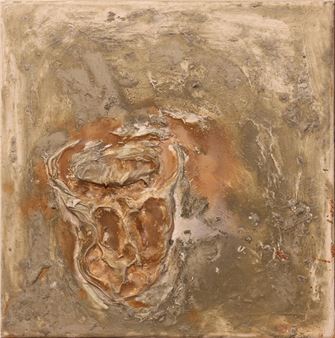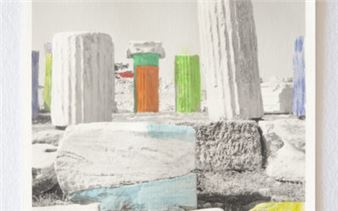Silvia Celeste Calcagno: Faventia – 6/12
The project maps and summarises some of the main artistic expressions related to the 20th and 21st centuries ceramics, promoting a series of artists from different generations who, consistently or sporadically with respect to their own production, use clay working techniques by continuing, recovering, or revolutionising the extraordinary manual skill of moulding, and the chromatic-luminist value of the glazes.
The ancient Faventia has been a land of artisan production since Roman times, a characteristic that was enhanced in later centuries. Indeed, it became synonymous of the majolica ceramics in many languages – French (faïance), English (faience). In recent years, many artists have used the Faenza kilns – also thanks to residency programmes, exhibitions, workshops, prizes, and publications – for the artistic production of medium and large-scale sculptures, often designed for an environmental development and installation purposes. The primal, demiurgic act of shaping the clay gives ceramics an exclusive status, almost an ontology, the auroral condition of sculpture. In the manipulation’s plastic immediacy that precedes the firing that crystallises the piece, there is all the naturalness of a slow, thoughtful transformation poised between design and chance. In ceramics, as in drawing, there is the seed of an origin, that appears on the surface of the image and things in the precise moment of their conception. Ceramics – beyond the categorisations between craft, art, functional objects, unique, or mass-produced piece – possesses an intermediary (or intermediality) between thought and gesture, sign and sculpture, form and colour, operating, moreover, with various natural elements such as earth, water, and fire; and by hybridising artistic languages, techniques, research, and knowledge between artists and artisans.
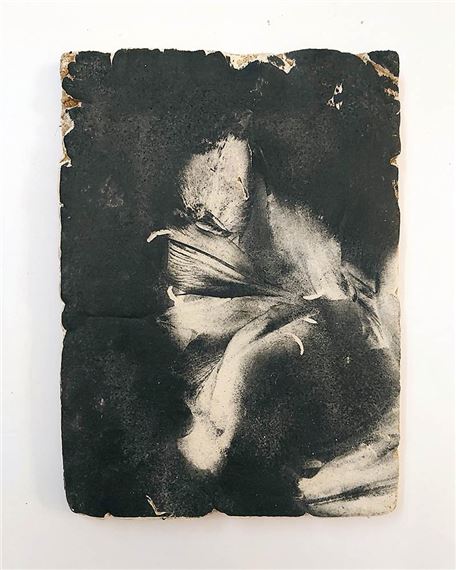
Recommended for you
The project maps and summarises some of the main artistic expressions related to the 20th and 21st centuries ceramics, promoting a series of artists from different generations who, consistently or sporadically with respect to their own production, use clay working techniques by continuing, recovering, or revolutionising the extraordinary manual skill of moulding, and the chromatic-luminist value of the glazes.
The ancient Faventia has been a land of artisan production since Roman times, a characteristic that was enhanced in later centuries. Indeed, it became synonymous of the majolica ceramics in many languages – French (faïance), English (faience). In recent years, many artists have used the Faenza kilns – also thanks to residency programmes, exhibitions, workshops, prizes, and publications – for the artistic production of medium and large-scale sculptures, often designed for an environmental development and installation purposes. The primal, demiurgic act of shaping the clay gives ceramics an exclusive status, almost an ontology, the auroral condition of sculpture. In the manipulation’s plastic immediacy that precedes the firing that crystallises the piece, there is all the naturalness of a slow, thoughtful transformation poised between design and chance. In ceramics, as in drawing, there is the seed of an origin, that appears on the surface of the image and things in the precise moment of their conception. Ceramics – beyond the categorisations between craft, art, functional objects, unique, or mass-produced piece – possesses an intermediary (or intermediality) between thought and gesture, sign and sculpture, form and colour, operating, moreover, with various natural elements such as earth, water, and fire; and by hybridising artistic languages, techniques, research, and knowledge between artists and artisans.

 ARTISTS
ARTISTS







